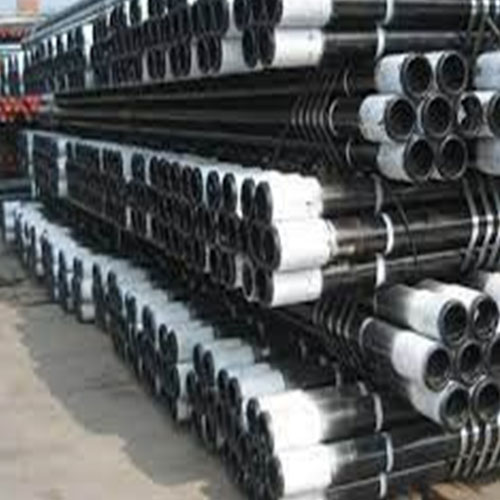Pros and Cons of seamless steel Pipe
When it comes to choosing the right type of steel pipe for your project, there are two main options to consider: seamless steel pipe and welded steel pipe. Both types have their own set of advantages and disadvantages, so it’s important to weigh the pros and cons of each before making a decision.
glass Oil burner pipe near me
One of the main advantages of seamless steel pipe is its uniformity and strength. Because it is made without any seams or joints, seamless steel pipe is able to withstand higher pressure and temperature than welded steel pipe. This makes it ideal for applications that require high levels of durability and reliability, such as in the oil and gas industry.
Another benefit of seamless steel pipe is its smooth surface finish. Because it is manufactured without any welding, seamless steel pipe has a consistent and polished appearance that is aesthetically pleasing. This can be important for projects where appearance is a key factor, such as in architectural or decorative applications.
On the other hand, one of the main disadvantages of seamless steel pipe is its higher cost. Because it is manufactured using a more complex process, seamless steel pipe tends to be more expensive than welded steel pipe. This can be a significant factor for projects with tight budgets or cost constraints.
essential Oil CaseAdditionally, seamless steel pipe can be more difficult to produce in large quantities. The manufacturing process for seamless steel pipe is more time-consuming and labor-intensive, which can result in longer lead times and higher production costs. This can be a drawback for projects that require a large volume of steel pipe in a short amount of time.
Despite these drawbacks, seamless steel pipe offers a number of advantages that make it a popular choice for many applications. Its strength, durability, and smooth surface finish make it ideal for a wide range of industries and projects. By carefully weighing the pros and cons of seamless steel pipe, you can determine whether it is the right choice for your specific needs.
In conclusion, seamless steel pipe has a number of advantages that make it a popular choice for many applications. Its uniformity, strength, and smooth surface finish make it ideal for projects that require high levels of durability and reliability. However, the higher cost and longer lead times associated with seamless steel pipe can be drawbacks for some projects. By carefully considering the pros and cons of seamless steel pipe, you can make an informed decision about whether it is the right choice for your specific needs.
Pros and Cons of Welded Steel Pipe
When it comes to choosing the right type of steel pipe for your project, there are two main options to consider: seamless steel pipe and welded steel pipe. Each type has its own set of pros and cons, which can make the decision-making process a bit overwhelming. In this article, we will focus on the pros and cons of welded steel pipe to help you make an informed decision.

One of the main advantages of welded steel pipe is its cost-effectiveness. Welded steel pipe is generally less expensive to manufacture than seamless steel pipe, making it a more budget-friendly option for projects with tight financial constraints. Additionally, welded steel pipe is readily available in a variety of sizes and thicknesses, making it easy to find the right fit for your specific needs.
Another benefit of welded steel pipe is its versatility. Welded steel pipe can be customized to meet the exact specifications of your project, allowing for greater flexibility in design and construction. This versatility makes welded steel pipe a popular choice for a wide range of applications, from structural support to fluid transportation.
In terms of strength and durability, welded steel pipe is comparable to seamless steel pipe. The welding process used to create welded steel pipe results in a strong and reliable product that can withstand high pressure and temperature conditions. This makes welded steel pipe a suitable option for demanding applications where strength and durability are essential.
However, there are some drawbacks to consider when it comes to welded steel pipe. One of the main disadvantages is the potential for defects in the welding process. If not done properly, welding can lead to weak spots or imperfections in the pipe, which can compromise its structural integrity. To mitigate this risk, it is important to work with a reputable manufacturer who follows strict quality control standards.
Another downside of welded steel pipe is the presence of a weld seam. The weld seam can create a point of weakness in the pipe, making it more susceptible to corrosion and leaks over time. While proper coating and maintenance can help prevent these issues, it is something to keep in mind when choosing between welded and seamless steel pipe.
casing head oil definitionIn conclusion, welded steel pipe offers a cost-effective and versatile option for a wide range of applications. While it may have some drawbacks, such as the potential for welding defects and the presence of a weld seam, these can be mitigated with proper care and maintenance. Ultimately, the decision between seamless and welded steel pipe will depend on your specific project requirements and budget constraints. By weighing the pros and cons of each option, you can make an informed choice that meets your needs.
